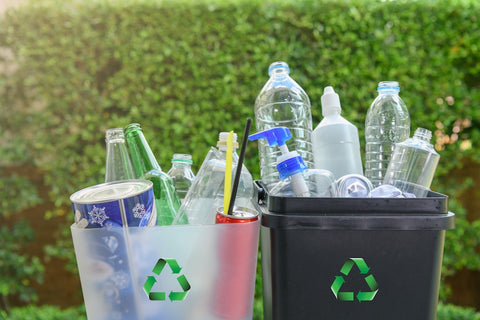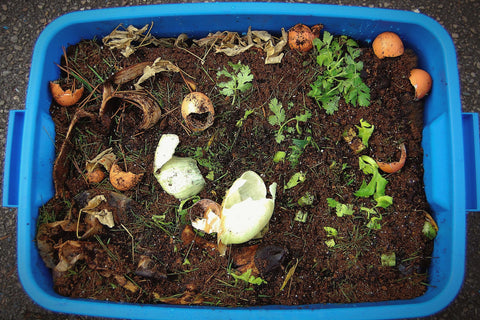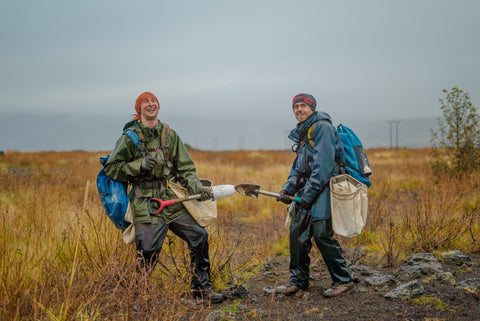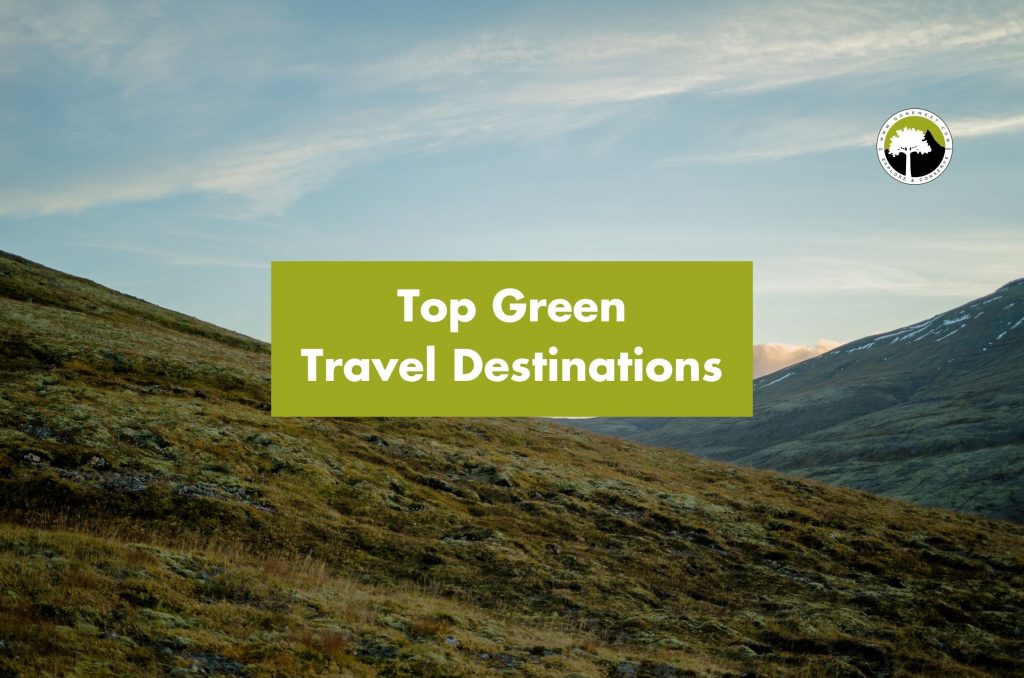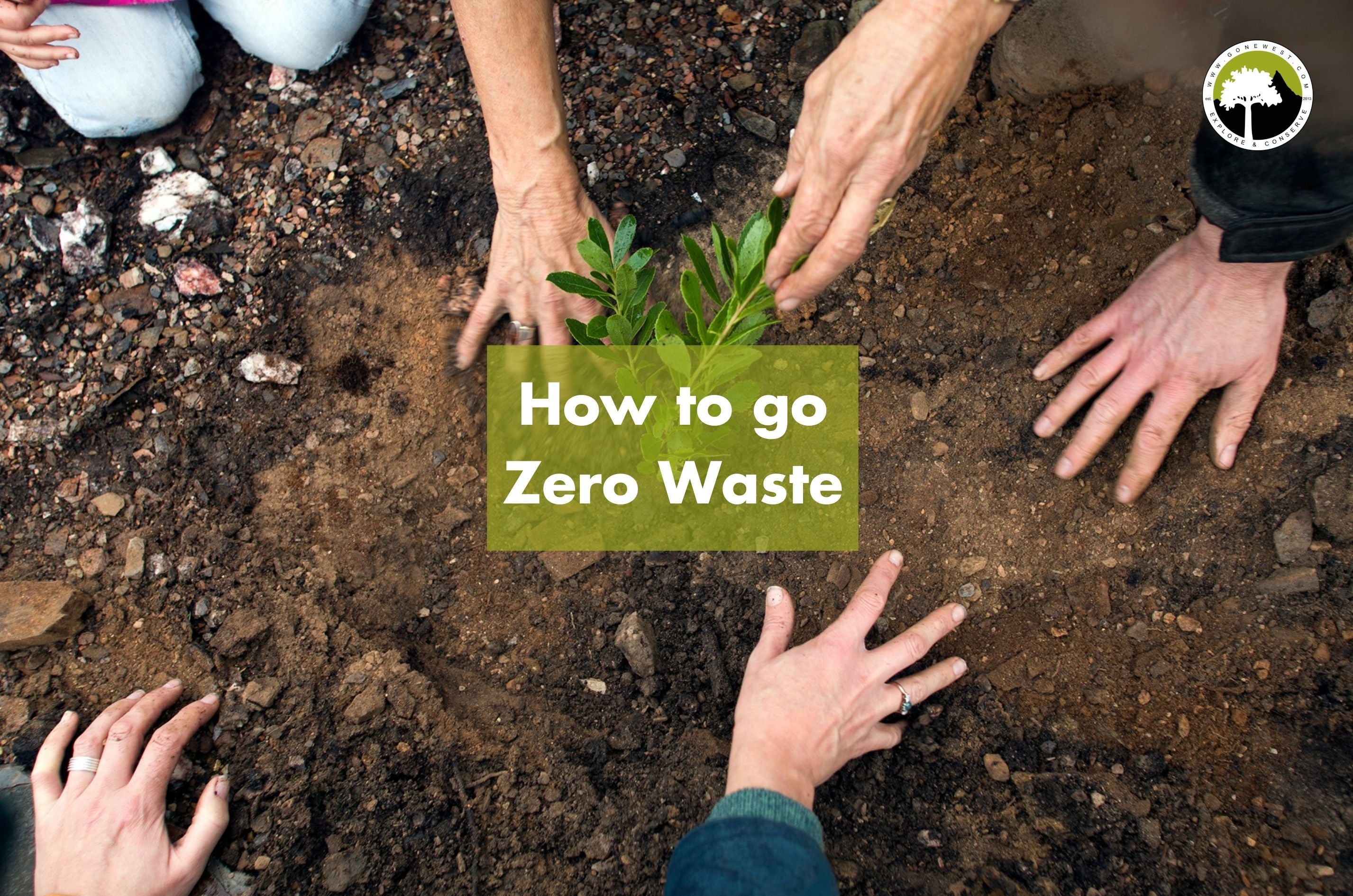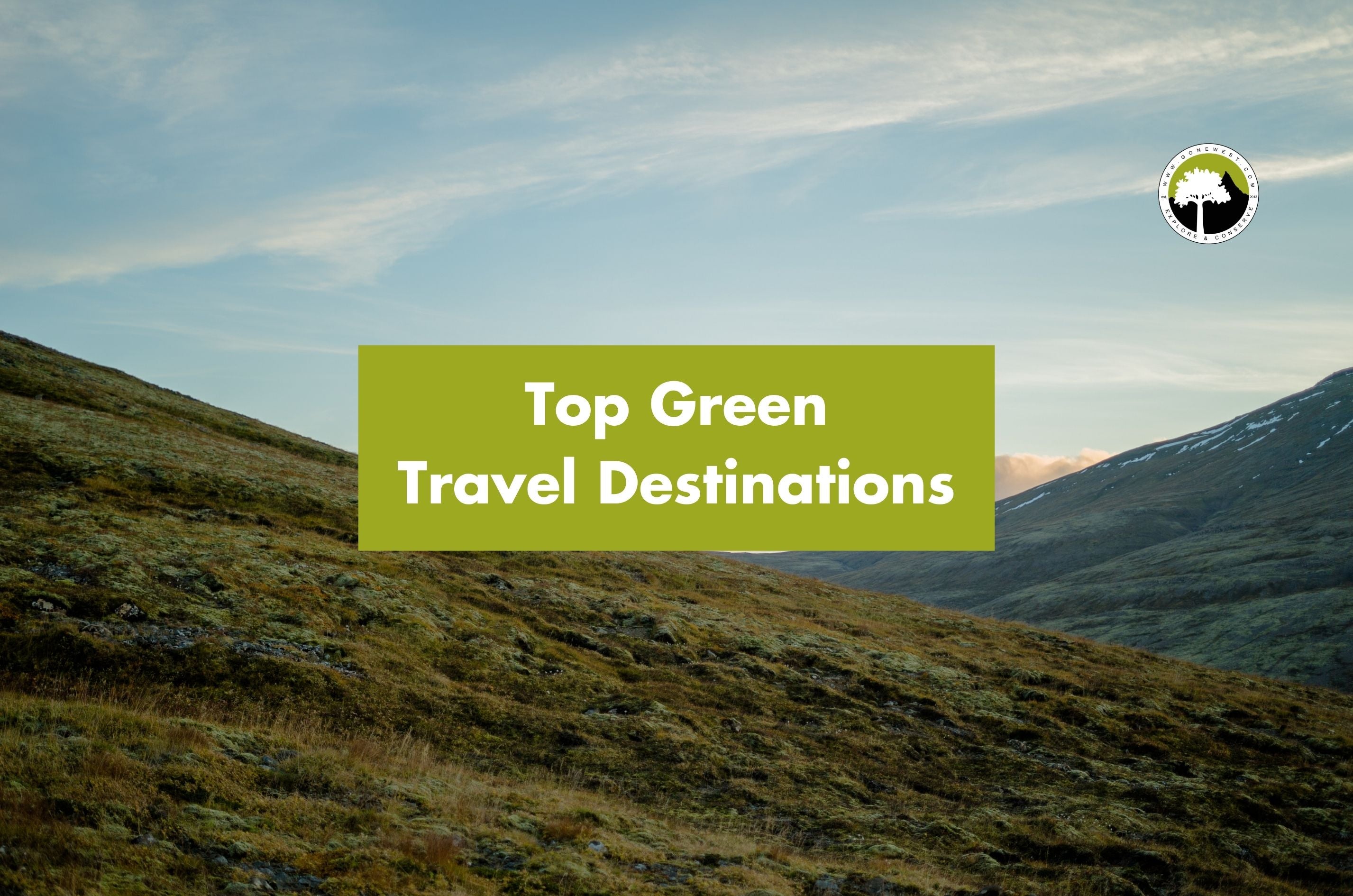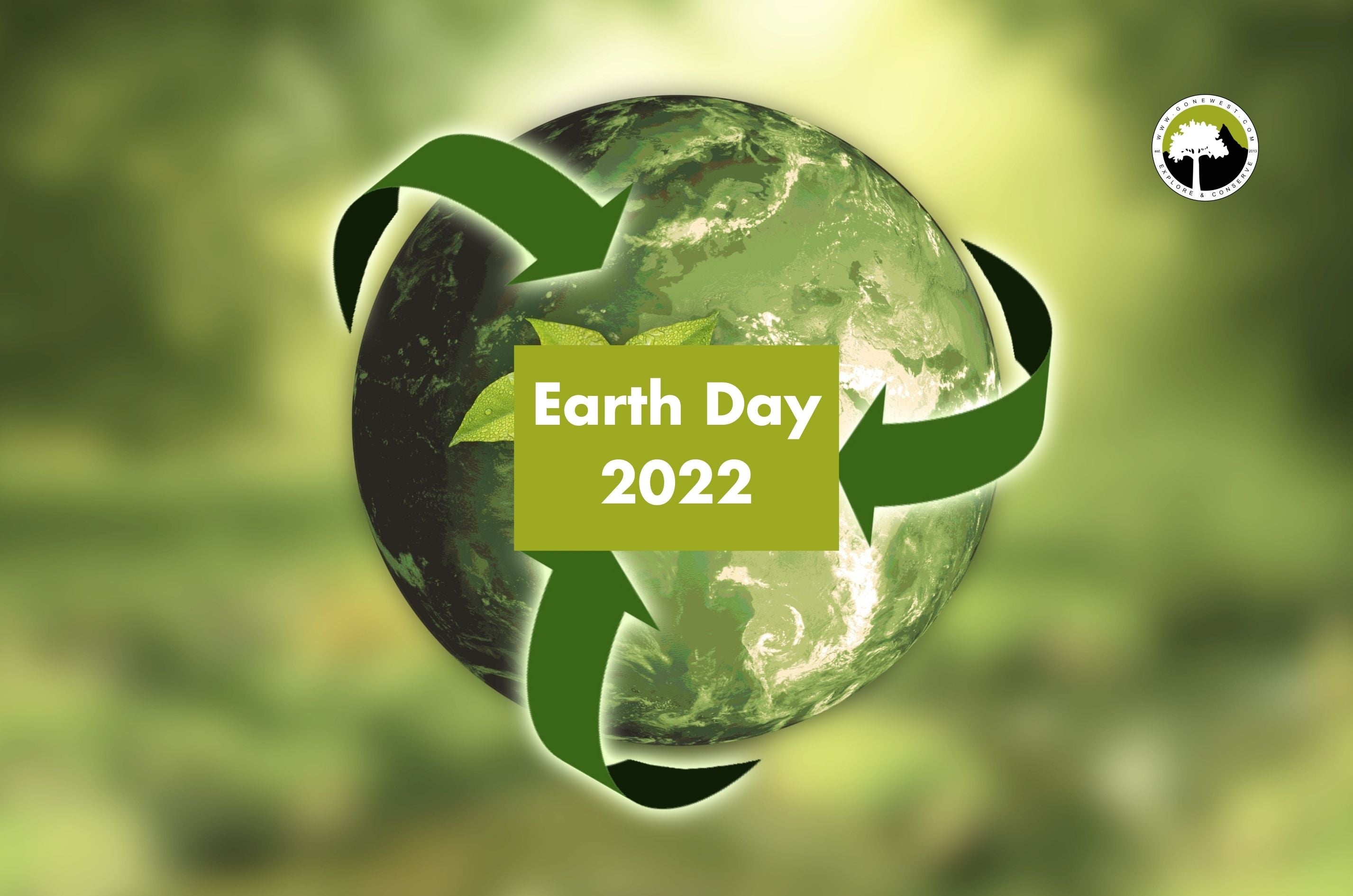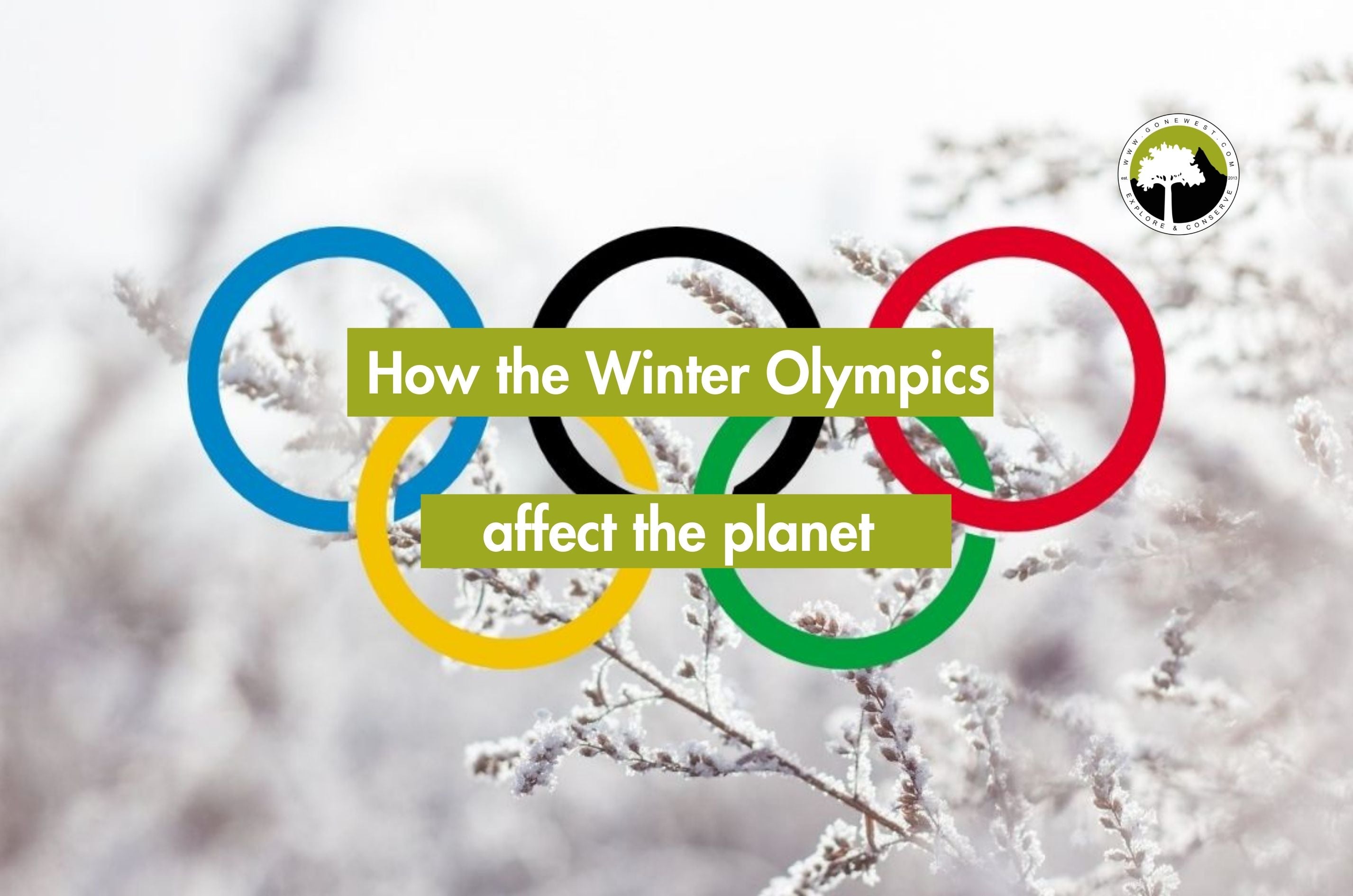Zero-waste living has been on the rise for quite a fews years. The movement started gaining traction when the public were made more aware of the severity of the climate crisis. It’s exactly what it sounds like, creating little-to-no waste. This extends to considering all rubbish, not just the end-of-life waste but the waste made as a product is manufactured, the impact of transporting the product, and whether the materials needed are sustainable.
Basically, zero waste means to be mindful of what you consume and how that product is made, how you can consume it responsibility, how to reuse and recycle it effectively, and minimise or eliminate the effect it has on the environment
Sounds easy right? Simply reduce all waste in every aspect of your life. That’s where it starts to get tricky… There’s a lot of hidden waste, from ‘wishcycling’ to plastics cropping up items which we are all dependent on.
So where do we start?
Knowing what zero-waste means to you
The goal of zero-waste might be to be zero waste, and the definition suggests that, but, it’s an impossible standard to reach, especially when starting off. Instead, zero-waste can also mean being conscious of your overall environmental impact, not just the physical waste. The idea is to have a low impact -or to speak poetically to ‘tread lightly upon the earth’- through both physical waste, consumption of materials, and emissions. By refusing to buy wasteful products it reduces the market and demand. Do this enough with enough people and it forces wider change.
At the end of the day, we don’t need a handful of people doing zero waste perfectly. We need millions of people doing it imperfectly. So whatever changes you feel able to make, helps.
Credit: Forbes
Where to start?
A popular place to start is conducting a ‘bin audit’. The idea is to look through your own trash and determine what you’re most frequently throwing away. Tackle this area first and you’re off to a great start.
If you have a dramatic flare, put down a sheet and make a mess! Tip it all out and start storting. If the idea of sorting turns your stomach, perhaps try a tally chart above the bin, jotting down each item as you throw it.
Including Recycling?
Yes! If you’re starting with a bin audit, don’t forget to include your recycling. The name is misleading, as not all recycling gets recycled and not all recycling is equal. Some materials can be recycled endlessly like glass or aluminium however paper can only be recycled 4-7 times and plastic 2-9 depending on the types. If an item is contaminated with food, dirt, or simply too small it may not be recycled at all. Consider the energy it takes for a pizza box to travel from your home to the collection facility. It then has to be packaged and most likely sent over-sea to the recycling facility to then be cast aside as too contaminated to be of any use.
It was recycled with good intentions but was never actually disposed of sustainably.
This is wishcycling. We recycle what we think should be recyclable, not what actually is. It eases our guilt, through deceit that that juice carton is cardboard, it probably recycles. When in reality, the mix of plastic and cardboard makes it incredibly difficult to recycle, and will ultimately end up being discarded when sorting.
So having done a bin audit, including the recycling, do you know what can be recycled in your area? It might feel counterproductive to recycle less, but this reduces contamination in recycling ultimately resulting in more items being successfully recycled.
Credit: NS Packaging
Principles of Zero-Waste
If recycling is no longer to be relied upon, what are we doing? Handily for us writer and activist Bea Johnson has shared 5 principles for zero-waste living.
- Refuse what you don’t need: Ever come home only to empty your pockets of stuff with no clue how it got there? Napkins, straws, leaflets, the lot. You can’t waste it if you don’t accept it to start with.
- Reduce what you do use: Things like toothpaste and washing-up liquid can go much further with a bit of care.
- Reuse what you can: Many single use items can be reused, just give it a good wash and off you go. Plastic bread bags, zip lock bags, grease-proof paper, plastic straws that are all meant to be single use can be used again if handled with care. Other items can be repaired, sold second-hand, or even used for parts.
- Recycle what you can’t refuse or reuse: Beware of wishcycling, but look out for collection points. Batteries, make-up tubs, and bread bags are often collected in stores for separate specialised recycling. You just have to know where to look.
- Rot what’s left over: If you have a garden and can create a compost, go for it. Composting food scraps and garden waste together can help reduce items going to landfill, and will help the environment in the process.
So what’s next?
You know the principles, you know your own waste, what you chose to tackle first is really up to you. The journey to zero-waste is different for each person. Sustainable swaps that may work for some people don’t work for others. That being said, there are a few things to remember…
Credit: The Spruce
Swaps are great but use up what you have first!
It’s tempting to throw away items immediately and swap to a sustainable version, but the least wasteful version of a product is the product you already own. So hold off that bamboo toothbrush and see if your plastic one can go for another few months before demoting it to the cleaning cupboard. You never know when a tiny scrubbing brush could come in handy!
On the topic of sustainable swaps, beware of greenwashing! These are products that look like the sustainable option but really aren’t any better. It can be hard to tell what truly is and isn’t sustainable, and often there is no right answer. It comes down to picking priorities. To help with this, look out for logos of known companies such as fair trade and B corp certification.
Community!
A great part of going zero-waste is the community around it. Both online and in-person there is support. Check your local area for bulk buying groups, eco-stores, and farmer’s markets. Car boot sales, charity shops and craft-fairs aren’t marketed as zero-waste, but you’re likely to find other zero-wasters there. Online communities are larger still, and are a great way to learn about new sustainable swaps, hidden waste, and current campaigns.
Going zero-waste is a constant learning process, and often feels like swimming against the current of today’s society. Finding these communities, supporting and learning with each other is vital. Zero is an impossible standard, but together we can get close.
So why not give it a go?
That’s all for now. I hope you have enjoyed reading our blog. Join the sustainable revolution to help save our natural world and our future by following us on Instagram and by subscribing to our monthly newsletter for updates.
Stay in the loop


